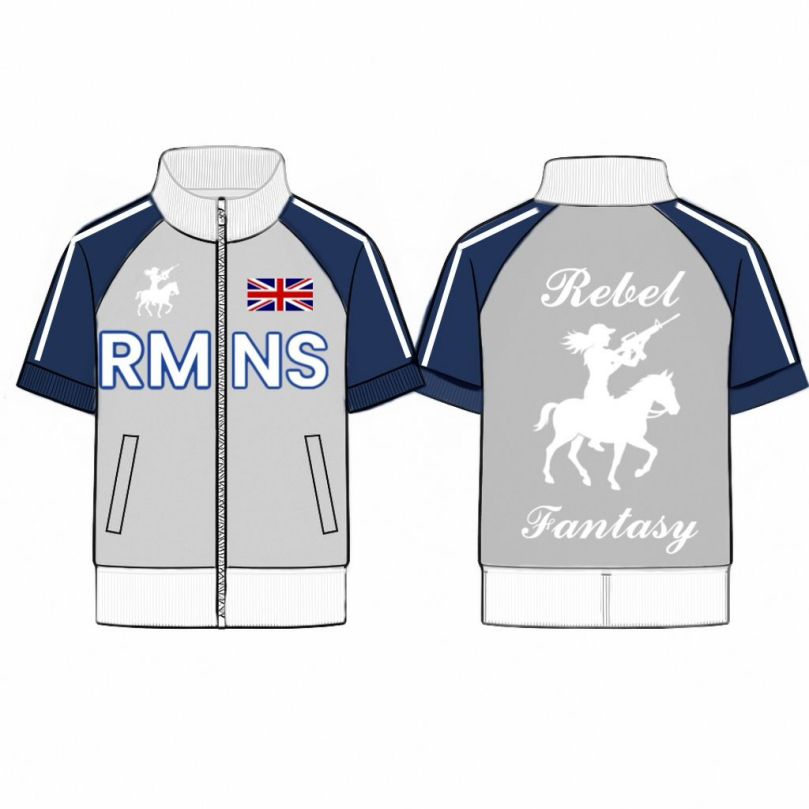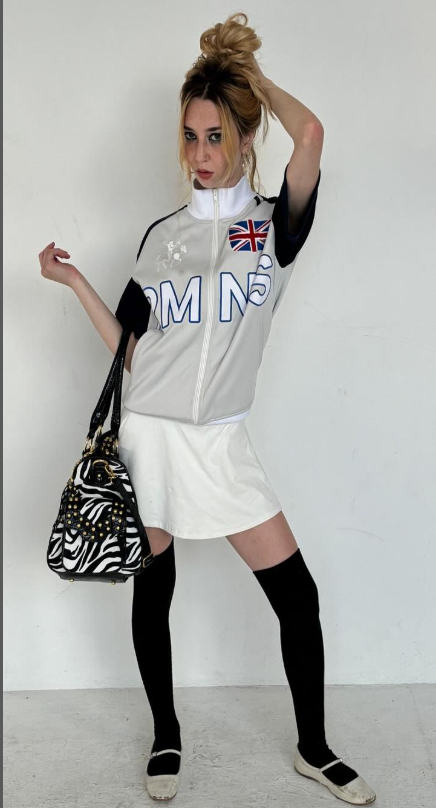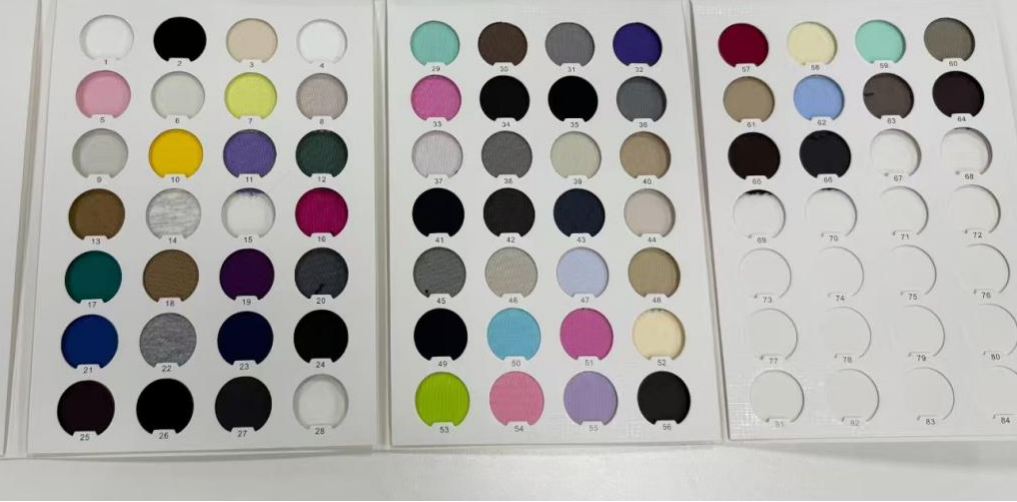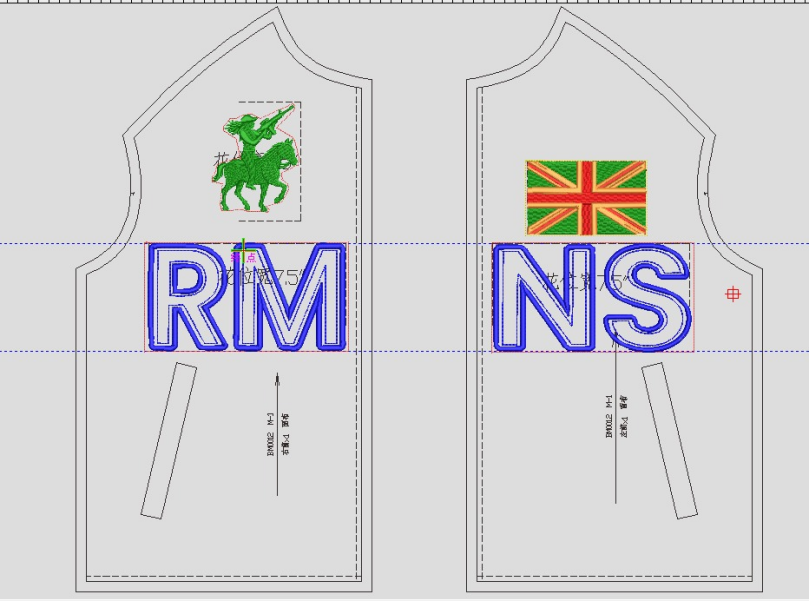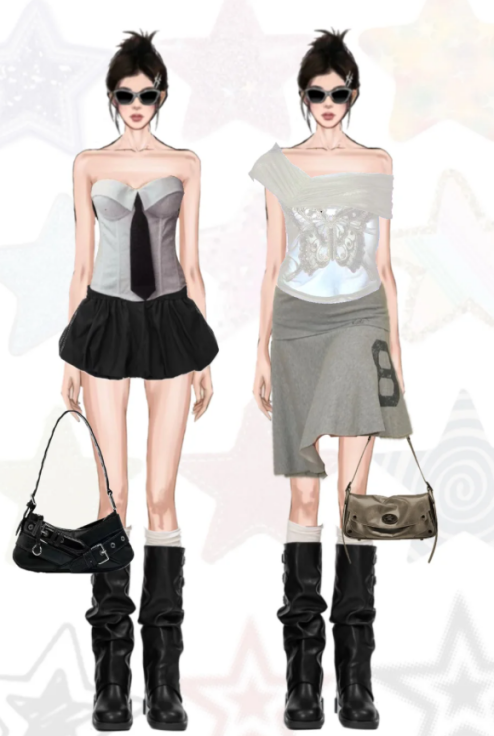When creating a garment, it’s important to think about how the fabric’s pattern will influence the way the upper body looks. The right—or wrong—pattern can change the apparent shape, balance, and style of the piece. By evaluating these effects early in the design process, you can make sure the finished garment delivers the fit and visual impact you’re aiming for. This guide walks you through how to assess those upper-body effects before production begins.
1.What Is the Upper Body Effect?
The “upper body effect” refers to how a garment appears and fits when worn—particularly from the shoulders to the waistline. It includes:
Silhouette: The overall shape of the garment on the body.
Proportions: How the garment length, width, and cut affect visual balance.
Movement: How fabric behaves when the wearer moves.
Comfort and Fit: The wearer’s physical experience.
Patterns play a decisive role in all these aspects. Even a small adjustment in seam lines, shoulder slope, or bust darts can change how the upper body effect is perceive
2. Key Pattern Elements That Affect the Upper Body
The position of patterns on the fabric can have a significant impact on how they interact with the upper body. Key areas to focus on are:
Chest and Shoulders: Patterns placed around the chest and shoulder area can either draw attention to these features or distract from them. For example, bold, intricate designs on the shoulders may add volume, while patterns placed lower on the body can help to balance the upper body.
Neckline: The shape of the neckline, in combination with the pattern, can either highlight or minimize the upper body. A pattern that starts around the neckline and continues downward can create an elongating effect, whereas patterns that stop abruptly around the chest can create a cutting-off effect.
Symmetry: Symmetry in pattern design often plays a key role in achieving a balanced look. Patterns that flow symmetrically across the body will create a more proportional visual effect, while asymmetrical patterns might emphasize or de-emphasize certain areas.
3.Fabric Weight and Stretch
The fabric itself plays a pivotal role in how a pattern will appear once worn. Different fabrics will interact with patterns differently due to their weight and stretch. Before finalizing the design, test how the fabric will hold the pattern
Heavy fabrics (like wool or denim) tend to hold patterns more rigidly, leading to sharp, defined lines.
Lightweight fabrics (like chiffon or cotton) may cause patterns to drape more softly, creating a fluid effect.
Stretch fabrics (such as spandex or jersey) can distort the pattern as the fabric stretches over the body. It’s essential to assess how the pattern behaves under stretch before committing to the design, especially for body-conforming styles
4. Practical Tips for Brands to Evaluate Upper Body Effect
Request Technical Pattern Drawings: Always review the pattern’s measurements and proportions before approving production.
Use Fit Samples with Real Models: Mannequins are helpful, but live fitting shows true movement and comfort.
Check Critical Points: Shoulder seams, armholes, and bust areas are the most visible in customer perception.
Consider Your Customer’s Lifestyle: Patterns for business shirts differ from those for yoga tops—even if they look similar at first glance.
5. Use Virtual Fitting Tools and Prototypes
In today’s digital age, virtual fitting tools and digital prototyping have become invaluable for evaluating how patterns will appear on the body before garments go into production. These technologies make it possible to simulate the way patterns interact with the natural contours of the upper body, giving designers the chance to fine-tune details before a single piece of fabric is cut. Prototypes—whether produced in mock fabrics or developed through 3D modeling—also play a key role in testing how patterns work. By experimenting with different placements and scales, you can see firsthand how each variation influences the look and proportions of the upper body.
6.Incorporate Feedback from Fittings and Reviews
In the pre-production phase, gathering feedback from potential wearers is essential for understanding how patterns perform in real-life settings. Fittings create an opportunity to observe the garment in motion while also collecting valuable input on how the patterns interact with the upper body. In addition, taking time to review customer feedback from earlier designs can provide meaningful insights into which patterns have proven most flattering and which ones may benefit from adjustment.
Conclusion
Assessing the upper body effect of clothing patterns before production requires a thoughtful blend of strategic planning, fabric expertise, and an understanding of body dynamics. Taking into account how a pattern will influence proportions, placement, and the way the fabric moves allows designers to make informed choices that strengthen both the functionality and the visual appeal of the finished piece. With careful preparation, it becomes possible to create garments that not only look polished but also fit well and flatter the wide range of body shapes found in your audience.
Post time: Aug-20-2025
